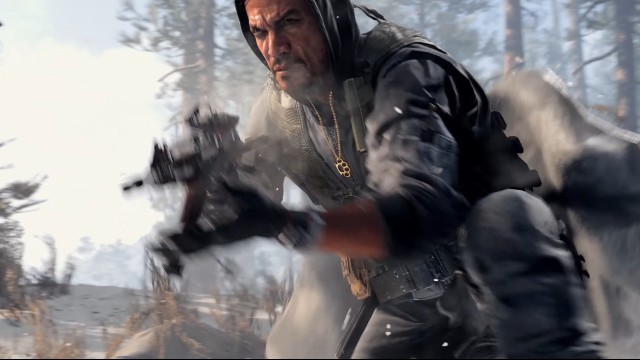With Call of Duty: Black Ops Cold War being the first ninth-generation release for the series, fans expect the latest tech to be used in the game. During the multiplayer reveal, we got some info on Black Ops Cold War‘s use of ray-tracing, DLSS, and NVIDIA Reflex, which gave us some details on what we can expect.

Atlas is an action-rpg with rogue-like elements where you use your ability to control the ground to fight the enemies and move through procedurally generated worlds.










